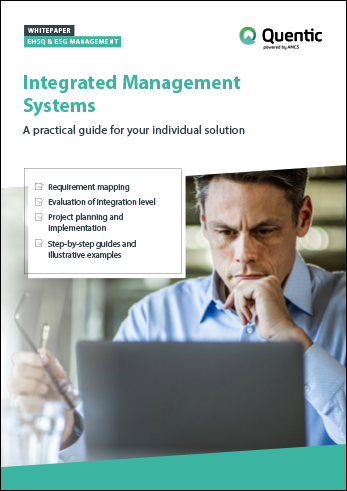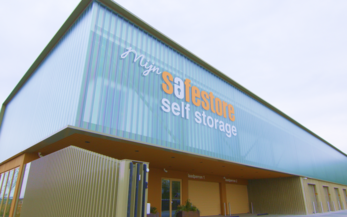5 minutes11/03/2023
In the globalized manufacturing industry, with operations, suppliers, and customers dispersed worldwide, centralized data is essential. It ensures universal access to vital information, facilitating seamless global coordination and responsiveness. This is crucial due to the complex manufacturing processes, extensive supply chains, and strict regulations.
Centralizing data emerges as imperative to bolster efficiencies. It enables swift decision making, streamlined operations, and cost containment. All these factors contribute significantly to a manufacturer's competitive stance.




